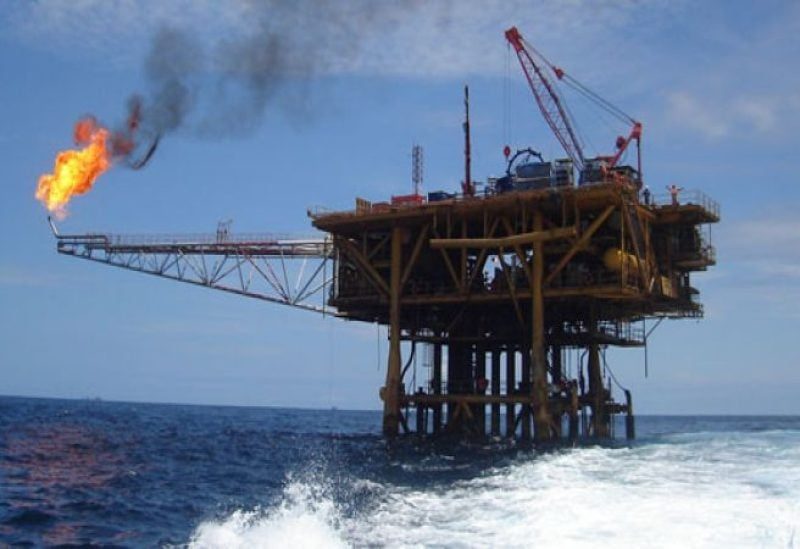
Oil and Gas Exploration
After the arrival of the drilling platform “Transocean Barents” in Lebanon’s territorial waters, signaling the imminent start of drilling operations in Block 9 by the end of the current month, Lebanon is expected to join the ranks of oil-producing countries. This could bring a glimmer of hope to the Lebanese people amidst the darkness that the country and its citizens are experiencing on various fronts. The vast oil reserves buried beneath the seabed could potentially assist in alleviating Lebanon’s financial and economic crises. Notably, the consortium comprising three of the world’s top oil companies – Total from France, Eni from Italy, and Qatar Petroleum – holds the promise of aiding Lebanon’s recovery. Nevertheless, Lebanon has lagged significantly in initiating this process, as Israel has preceded us by several years, having already begun extracting and exporting oil following the signing of the maritime border demarcation agreement.
Regarding the latest developments concerning the consortium’s activities, particularly in Blocks 4 and 9 off the Lebanese coast, after launching the operation that is expected to span 70 days according to informed sources, the anticipated quantities will be determined. The Oil Sector Authority now possesses complete coordinates from Total regarding the planned drilling depth and location, as well as all geological and technical aspects, in preparation for the commencement of the drilling rig’s operations. This comes especially after the Minister of Environment, Nasser Yassin, granted his approval for the environmental impact assessment report for the oil and gas exploration project.
commercial quantities of natural gas in 40% of those reservoirs, including the one in Block 4 where the first exploratory well was drilled by Total and its partners. Additionally, there is a possibility of around 900 million barrels of liquid oil in Blocks 1 and 2 in northern Lebanon. The sources emphasized the importance of awaiting Total’s program for the second well in Block 9 in the south, where a potential gas field known as Qana might exist.
The sources expressed regret for Lebanon’s relinquishment of the “Karish” field, which holds commercial quantities of gas. They pointed out that when the Greater Lebanon state was established, maritime boundaries between Palestine and Lebanon were drawn based on the 29th parallel, which separates the waters of Palestine from those of Lebanon. This division remained even after the appearance of the occupying entity in 1948. The sources further noted that the line of demarcation established during the May 17 Agreement under President Amin Gemayel continued to define Lebanon’s maritime borders. The same principle applied in negotiations between the Lebanese army and Israel under UN auspices. However, the recent demarcation agreement resulted in Lebanon’s concession and a retreat to the 23rd parallel, leading to a loss of 1800 square kilometers of territory.
The sources clarified that the “Karish” field is situated within the 1,800 square kilometers of the disputed area, and 17% of the Qana field now falls within this lost territory. Consequently, around 17% of the gas, which would be known as the “Qana field,” might also be lost.
Responding to a query, the sources indicated that it’s necessary to drill four to six exploratory wells in each reservoir to confirm the presence of commercial quantities and to determine the dimensions of the reservoir. Subsequently, the development drilling phase commences, where gas is found in almost every drilled well. At that point, it can be declared that a commercial field exists, leading to the production phase and the deployment of a Floating Production Storage and Offloading (FPSO) facility. Building or relocating an FPSO to Lebanese waters could take around two years. The floating refinery acts as a processing and injection station for gas, with an approximate cost of $2 billion. Therefore, the returns from the exploration process can only be realized after more than two years from the initial step. There’s also an alternative method of benefiting from the gas by extending pipelines from the field to processing plants, and the optimal country for this is Egypt, which possesses gas processing facilities on its shores. Egypt could serve as the intermediary for transferring compressed gas to markets that require it.